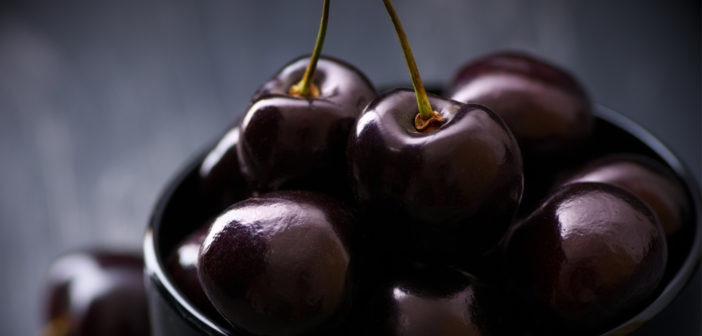In 1852, in the northwestern region of the Mitten, a Presbyterian missionary named Peter Dougherty went against the advice of the local inhabitants and planted the first cherry orchard on the Old Mission Peninsula in Grand Traverse Bay. To everyone’s surprise, his stone fruit crop flourished and soon thereafter, cherry trees dotted the land. The first commercial orchard was Ridgewood Farm near the Dougherty property and the first processing facility was built by the Traverse City Canning Company.
Today, the Traverse City region produces 40% of the country’s tart cherries – Michigan produces 75% of the U.S. annual crop. Traverse City is now known as the “Cherry Capital of the World” and the National Cherry Festival has attracted cherry fanatics from all parts of the world since 1924.
Michigan’s tart cherries are best used to make pies, jams, salsa, dessert sauces and juice. The tart cherry, more so than the sweet variety, contains fiber, important vitamins (such as A, C, B6 and E), beta carotene, high levels of melatonin and a bevy of powerful antioxidants. They have been shown to help with inflammation, better sleep and a healthier heart.
This summer, be sure to take time to enjoy Pure Michigan cherries in your favorite way.
A few more cherry facts:
- Cherries are named after Cerasus, a town in Turkey.
- Turkey is the largest cherry producing region in the world.
- Cherries were first brought to the U.S. by boat in the 1600s.
- The typical cherry tree produces an average of 7,000 cherries.
- Montmorency is the primary tart cherry grown in Michigan.
- Oregon and Washington State harvest 60% of the nation’s sweet cherry crop.








